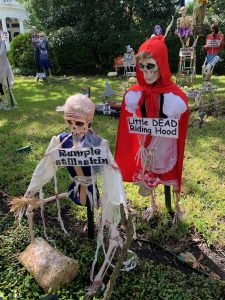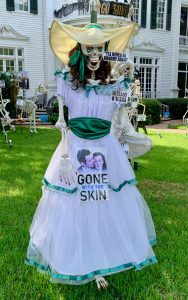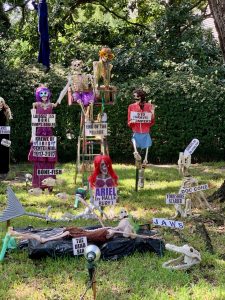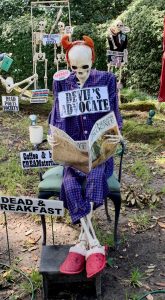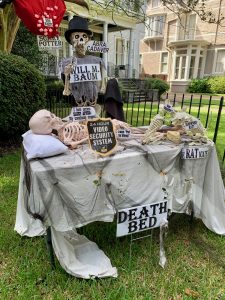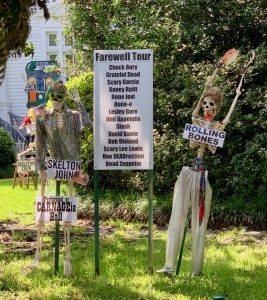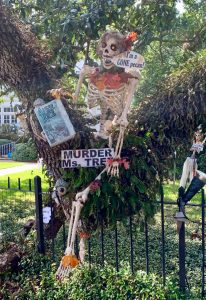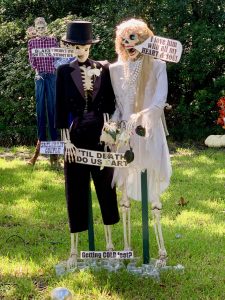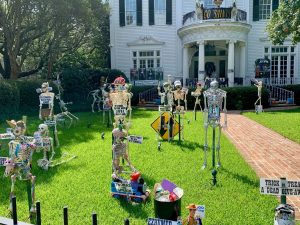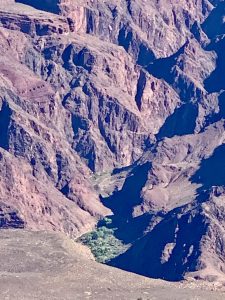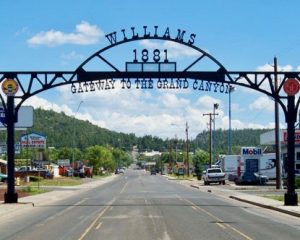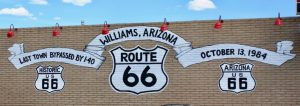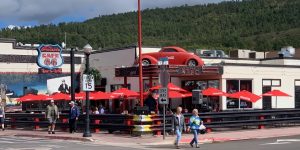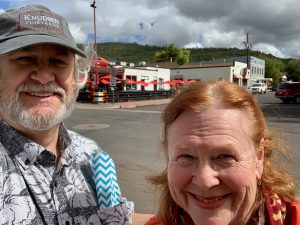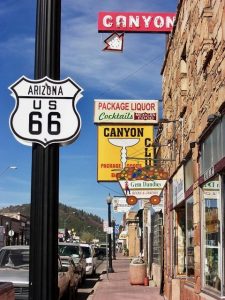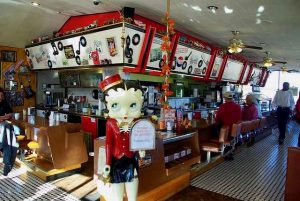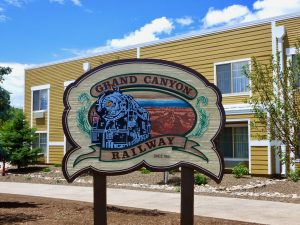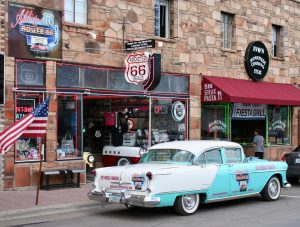Sure, New Orleans is clearly a ‘party city’ but it is steeped in history and interesting architecture. The buildings and architecture are reflective of its history and multicultural heritage. In the morning, Nellie Watson, a local architect and long time resident, held a discussion about the culture and architecture of the City. After spending time in the ‘classroom’, so to speak, we boarded the Coach and headed out for a tour to see some of the fantastic homes throughout the City. From Creole cottages to historic mansions on St. Charles Avenue there is a rich diversity to explore.
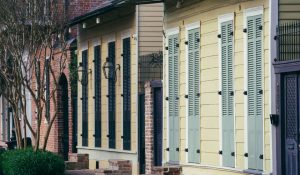
Creole Cottages (The term “Creole” was created to describe citizens in New Orleans after America took control of the city in 1803. French and Spanish descendants who were early settlers of the city adopted the name to distinguish themselves from the influx of American citizens occupying the city.) These are scattered throughout the city with most being built between 1790 and 1850. Creole cottages are 1 or 11/2-story, set at ground level almost touching the street with steeply pitched roofs. They have a symmetrical four-opening façade wall and a wood or stucco exterior.
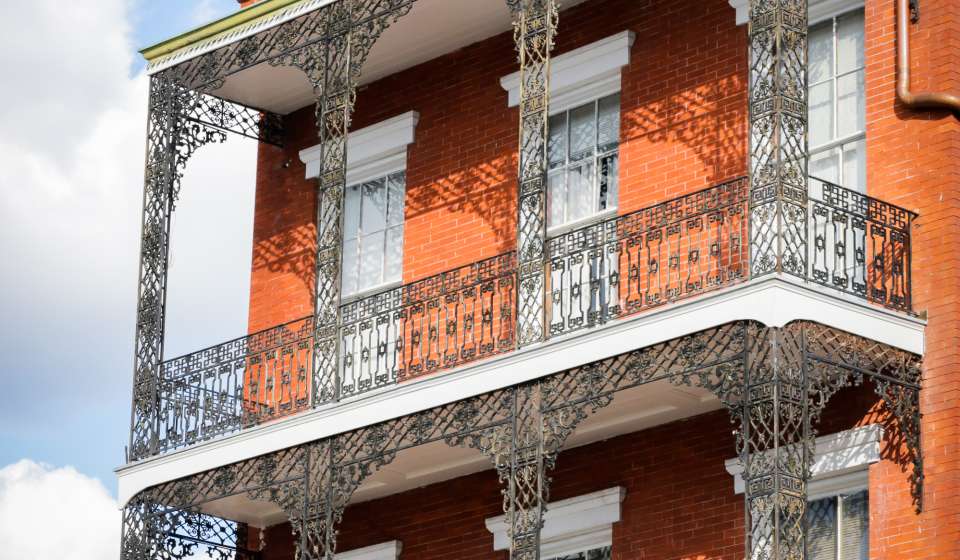
American Townhouses ,a style found in the Central business district and Lower garden District, are narrow brick or stucco three-story structures featuring asymmetric windows and iron balconies on the second and third floor. Built between 1820 and 1850 in the area mostly occupied by the ‘new’ residents coming into New Orleans.
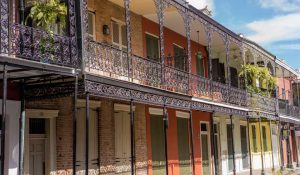
Creole Town Houses – these are the most iconic pieces of architecture in the city of New Orleans, comprising a large portion of the French Quarter. Creole townhouses were built after the great fire of 1788 that destroyed much of the city. They were built from about 1788 through the mid 1850’s or so. The original wooden buildings were replaced with structures with courtyards, thick walls, arcades and cast-iron balconies. The façade of the building sits on the property line with an asymmetrical arrangement of arched openings. These come with steeply pitched roof with a parapets, side-gabled with several roof dormers and strongly show their French and Spanish influence. The exterior was usually brick or stucco. These are the beautiful buildings spread throughout the French Quarter with many having retail or restaurants on the first level with either additional restaurant space above or homes.
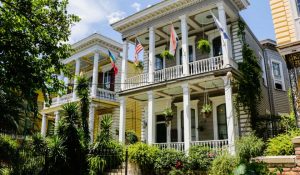
Found in the Garden District, Uptown and other areas are Raised Center-Hall cottages. These homes were raised enough above street level that there is sometimes a garage or work area on the ground level. They feature porches that stretch all the way across the front with columns. Greek Revival and Italianate center Hall Cottages are most common but Queen Anne and other Victorian styles stand proudly in between. These were built between 1803 and 1870 supporting the influx of new Americans coming into the City and usually away from the old section – French quarter.
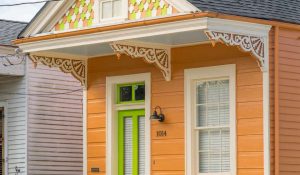
Found all over New Orleans, and built between 1850 and 1910 are Shotgun Houses. These are long and narrow single-story homes that have a wood exterior and are easy to spot. Many feature charming Victorian embellishments beneath the large front eve. The term “shotgun” originates from the idea that when standing in the front of the house, you can fire a bullet clear through every room in the house. Some of these have been converted to have what is called a camelback – a second story set at the rear of the house.
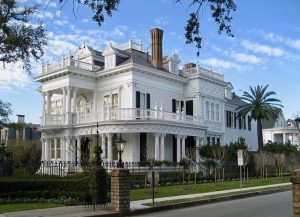
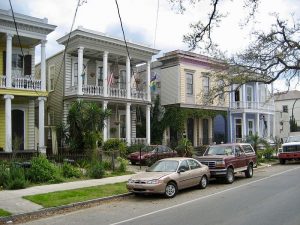
One of the last styles of housing is the Double-Gallery house. Found in the lower Garden District these two-story houses feature stacked and covered front porches, box columns and front door off to one side. They look a lot like townhouses but they are set much further back from the sidewalk. These were built between 1850 and 1910.

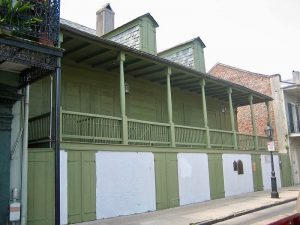

After WWII, the California bungalow style of home started to be built in neighborhoods. These are noted for their low slung appearance, being more horizontal than vertical with exterior wood siding maybe with a brick, stucco or stone porch with flared columns and roof overhang. Not the most pleasing of the styles as it really doesn’t “fit into” the general architectural style of most neighborhoods where they have been built.
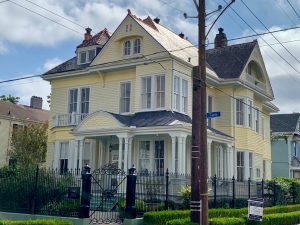
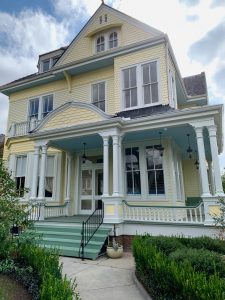
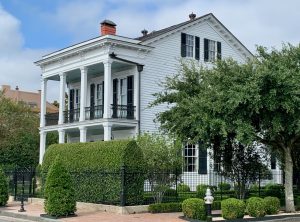
Nellie gave us a great tour and a good appreciation of the different histories and styles being built reflecting changes over time. Glad we had this as part of our Tour of New Orleans.
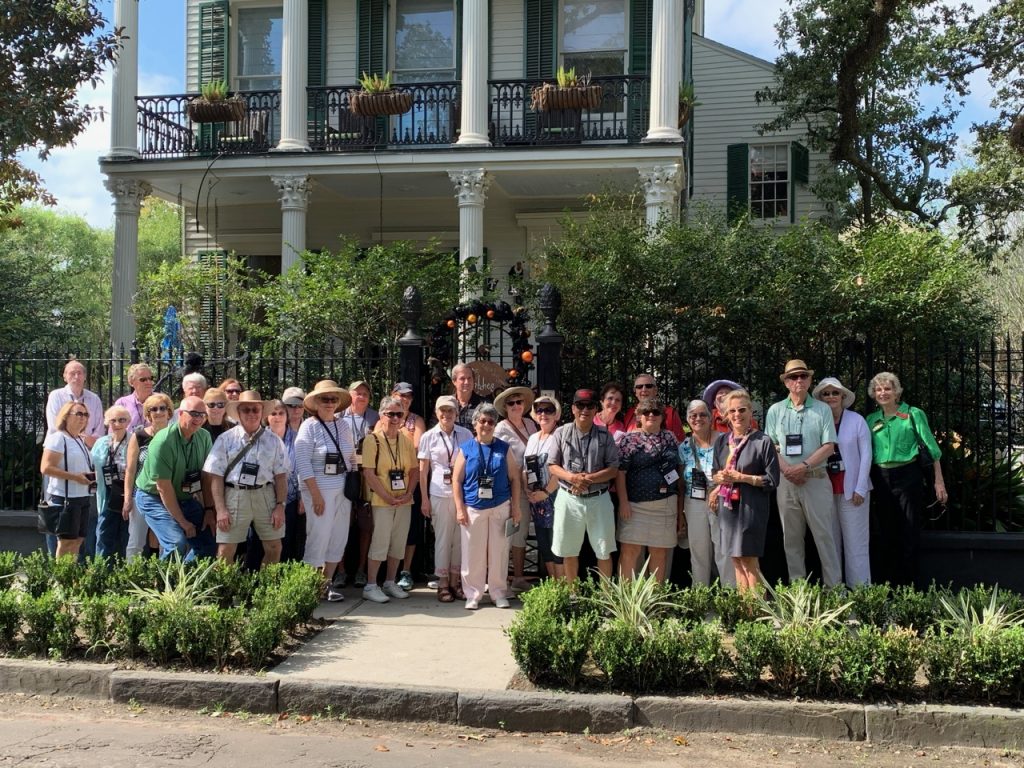

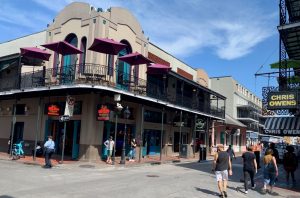
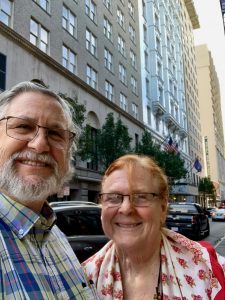
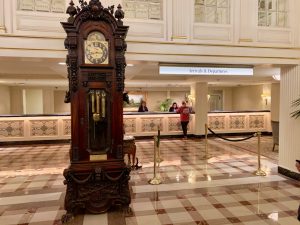

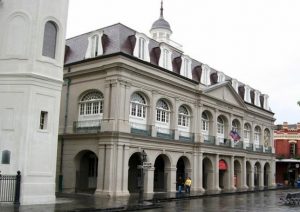


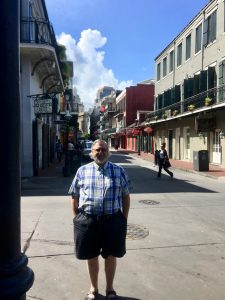

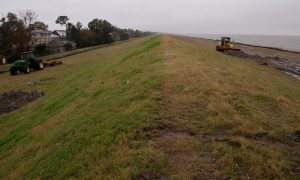
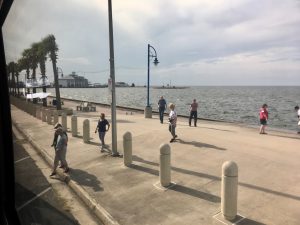
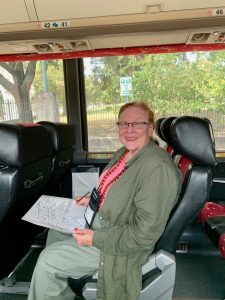

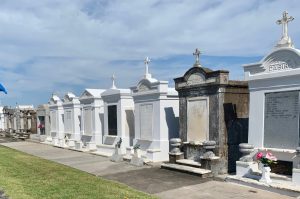
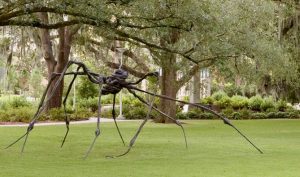
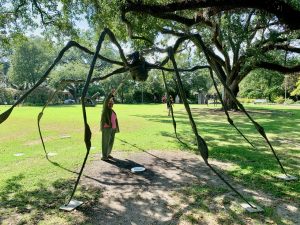
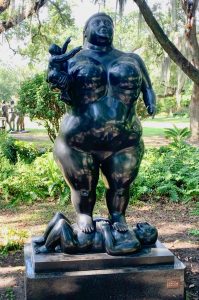

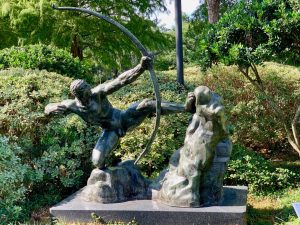
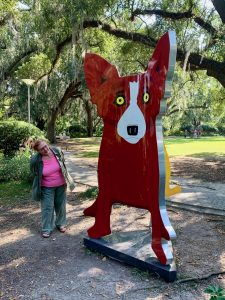
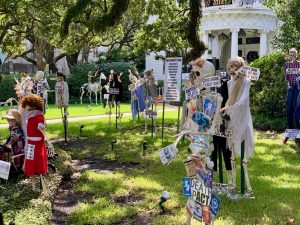 It’s beginning to look a lot like Halloween in Uptown! The Skeleton House, an annual tradition, is back in all its glory at the corner of St. Charles Avenue and State Street in New Orleans.
It’s beginning to look a lot like Halloween in Uptown! The Skeleton House, an annual tradition, is back in all its glory at the corner of St. Charles Avenue and State Street in New Orleans.